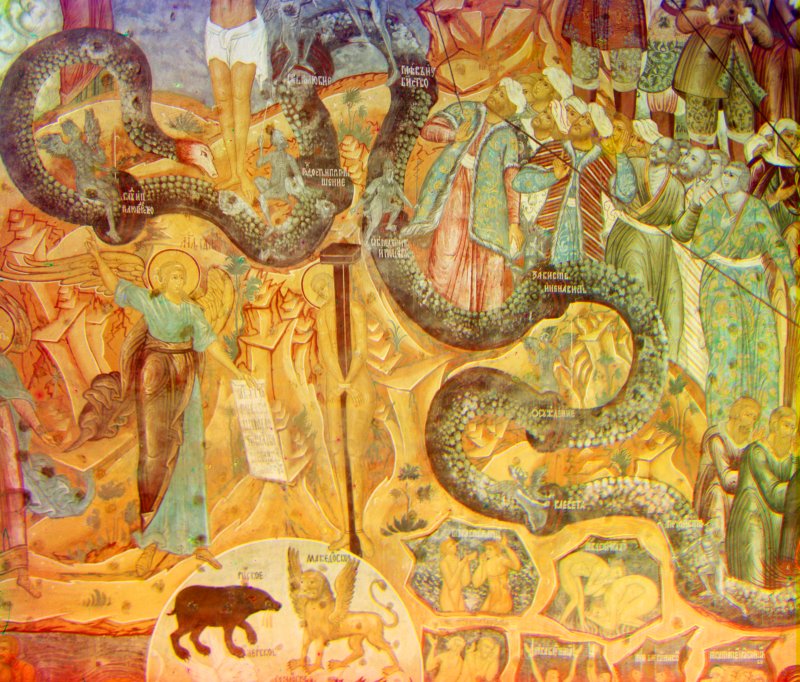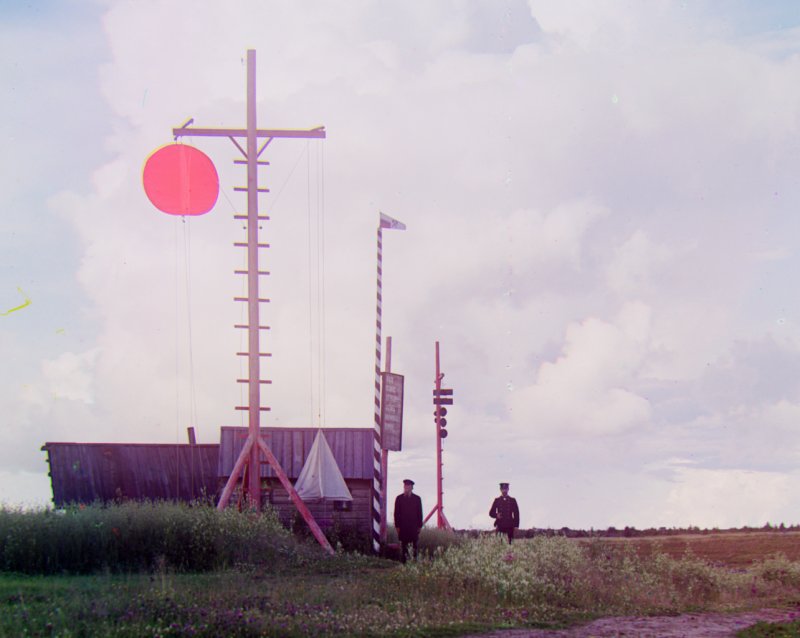Website design and usability expert Dr Jakob Nielsen has published his list of the top ten blog design mistakes. So, I thought I’d go through the list and see how many of them I’m making.
No author biography, no author photo. Well, there’s a kind of biography, but certainly no photo. I don’t want you to know who I am. It wouldn’t mean anything unless you already know me in real life. Telling you more about myself wouldn’t gain me anything in credibility, which seems to be the most important point here.
Nondescript posting titles – I do this all the time. Mostly because, as he says, writing good headlines is hard work. Partly, though, because this isn’t a news site. If you look at a newspaper, the concise descriptive headlines Nielsen favours are all over the news pages; but the comment sections’ headlines are deliberately vaguer and enticing.
Links don’t say where they go – I try not to do this, because I know it’s bad for search engines.
Classic hits are buried. If I ever write some, I might think about doing something about this.
The calendar is the only navigation – in other words, you should try to categorise everything properly. I’d say I score half-marks on this one.
Irregular publishing frequency is about the only thing on the list you can’t accuse me of, unless you want to complain about me not always posting at the same time every day.
Mixing topics. Hah. I don’t even have a topic.
Forgetting that you write for your future boss – this is why I don’t tell you much about who I am, in the hope of avoiding this problem. Nielsen thinks that trying to avoid this is hopeless given the march of technology, though.
Finally, Having a domain name owned by a weblog service – lots of well-known, well-respected sites do do this. I see the point, though: you need to control your domain to control your reputation. Not something I need to worry about, though.
Totting up, I seem to have hit six (and a half) of the top mistakes in weblog design. All of them, though, are all very good points when made about a different sort of site to mine. I just don’t feel that those six mistakes I’ve made are a problem for me at the moment – and some of them might be mistakes, but they’re decisions that I deliberately took. I’m fairly happy with the nature of this site at the moment, whatever an expert might say.
Keyword noise: Jakob Nielsen, web design, blogging.

 Home
Home











